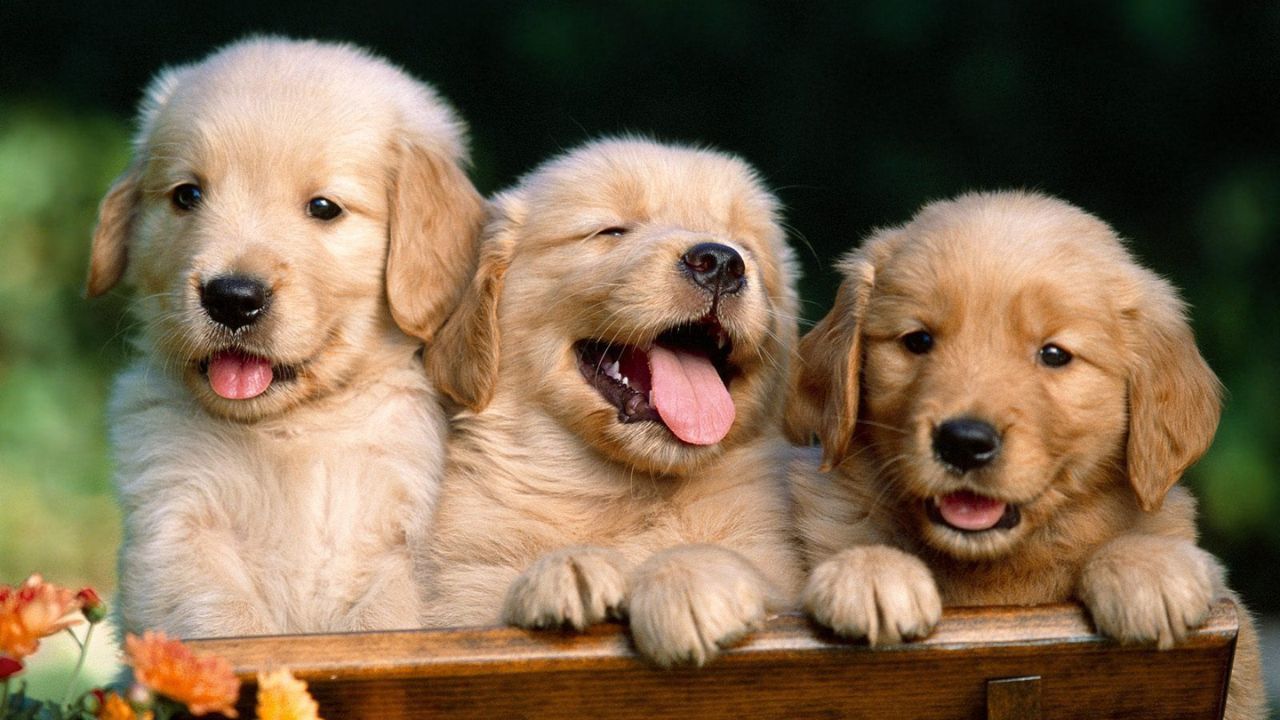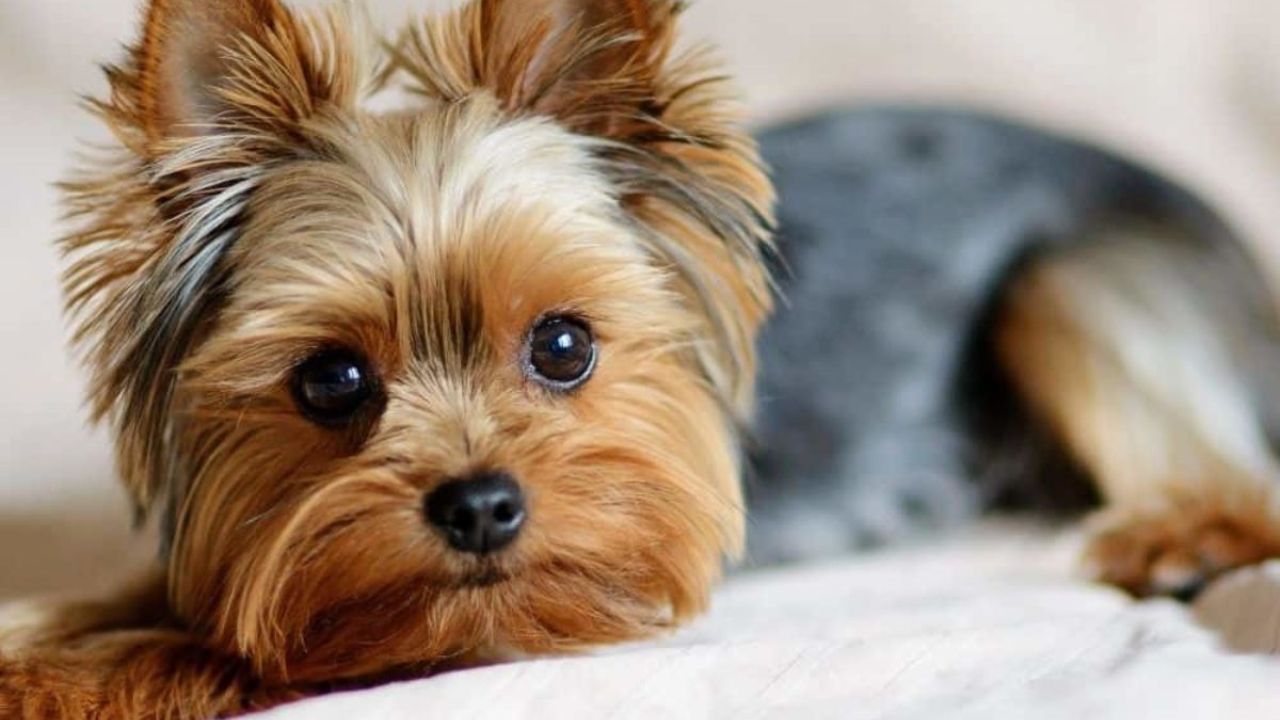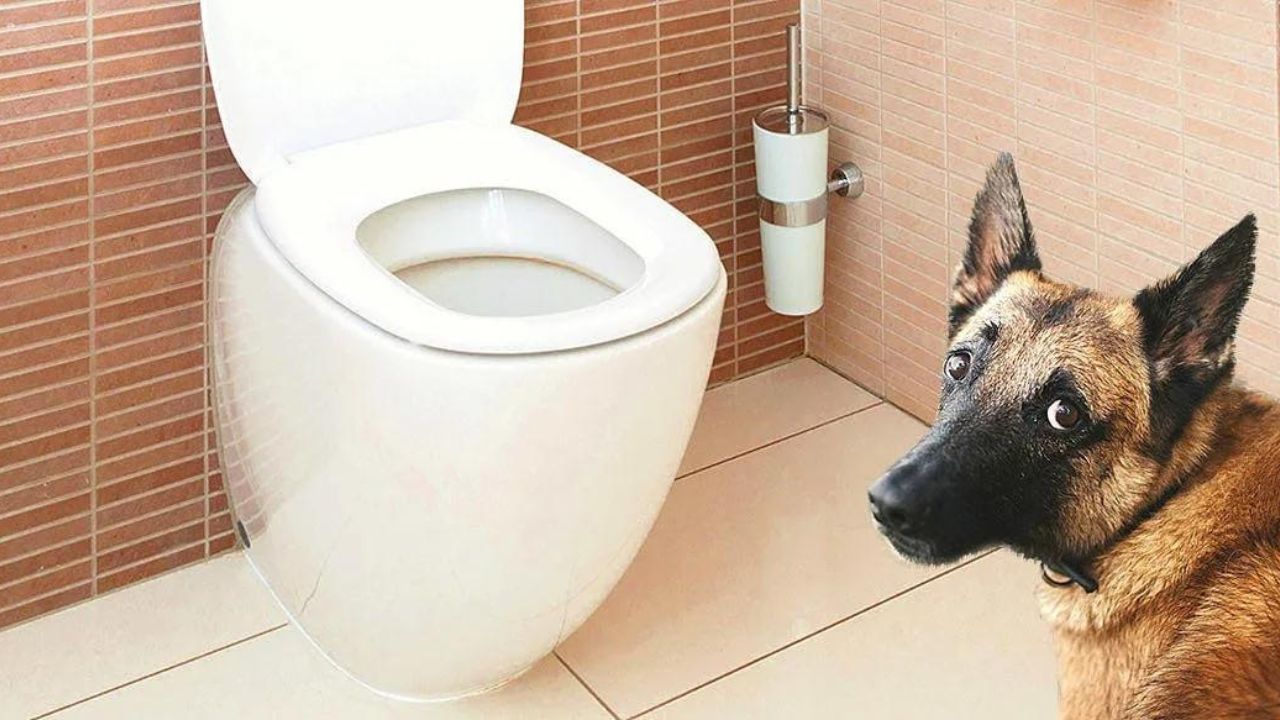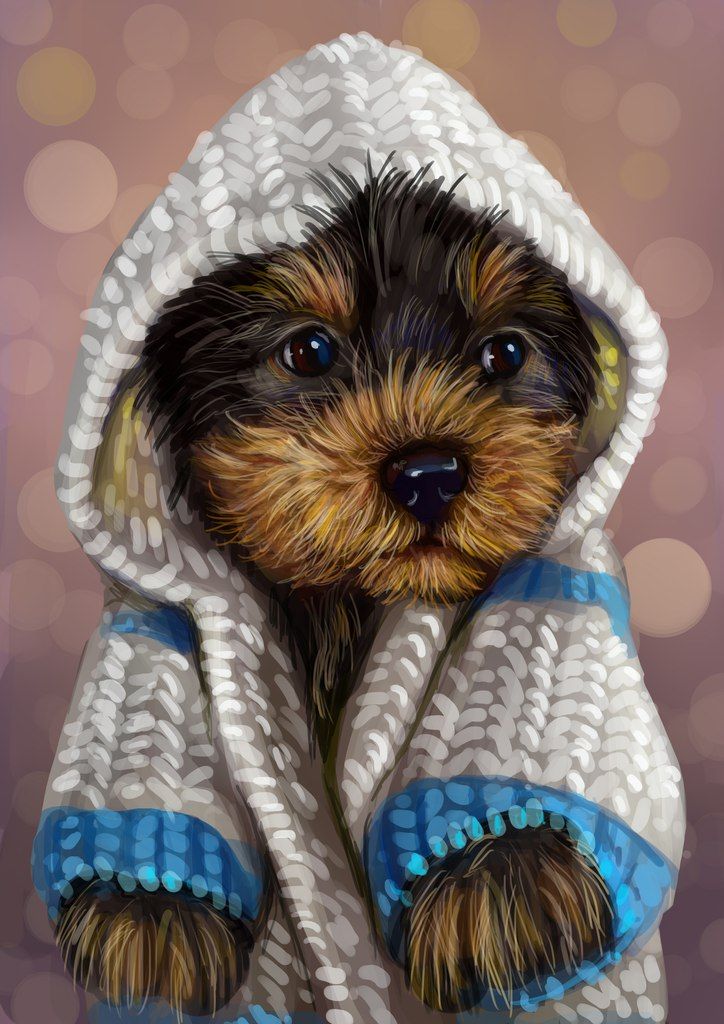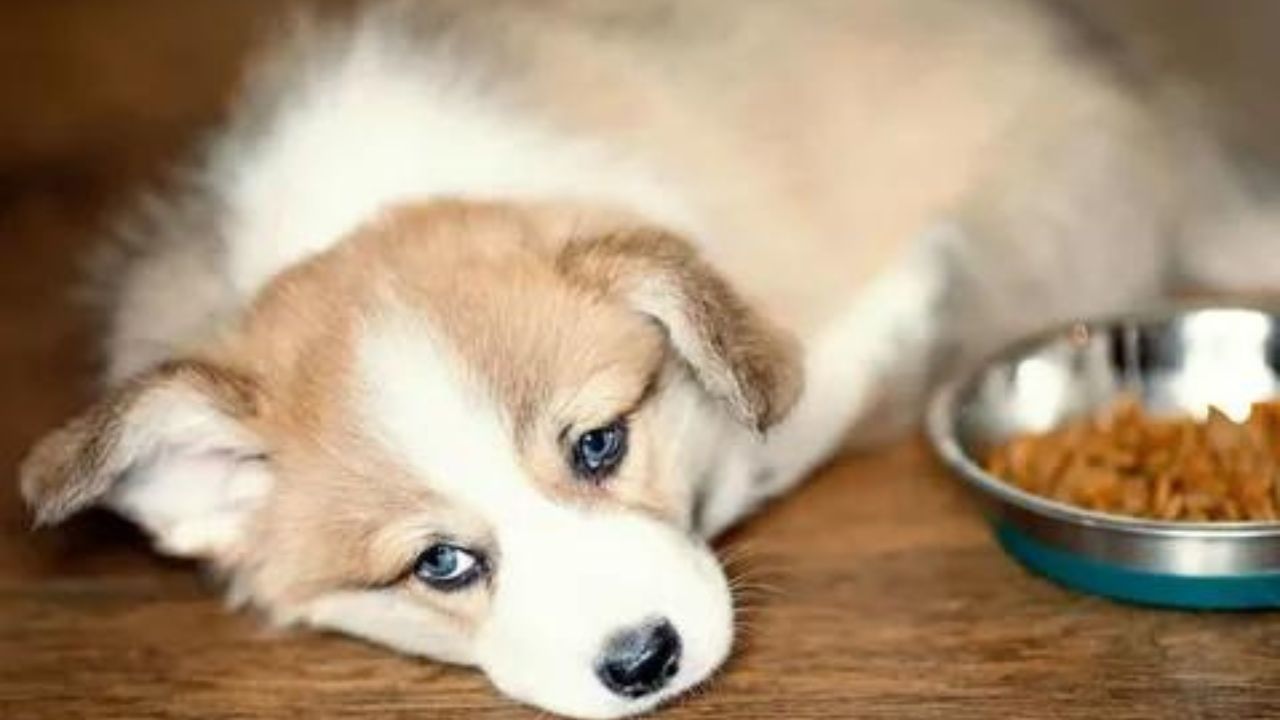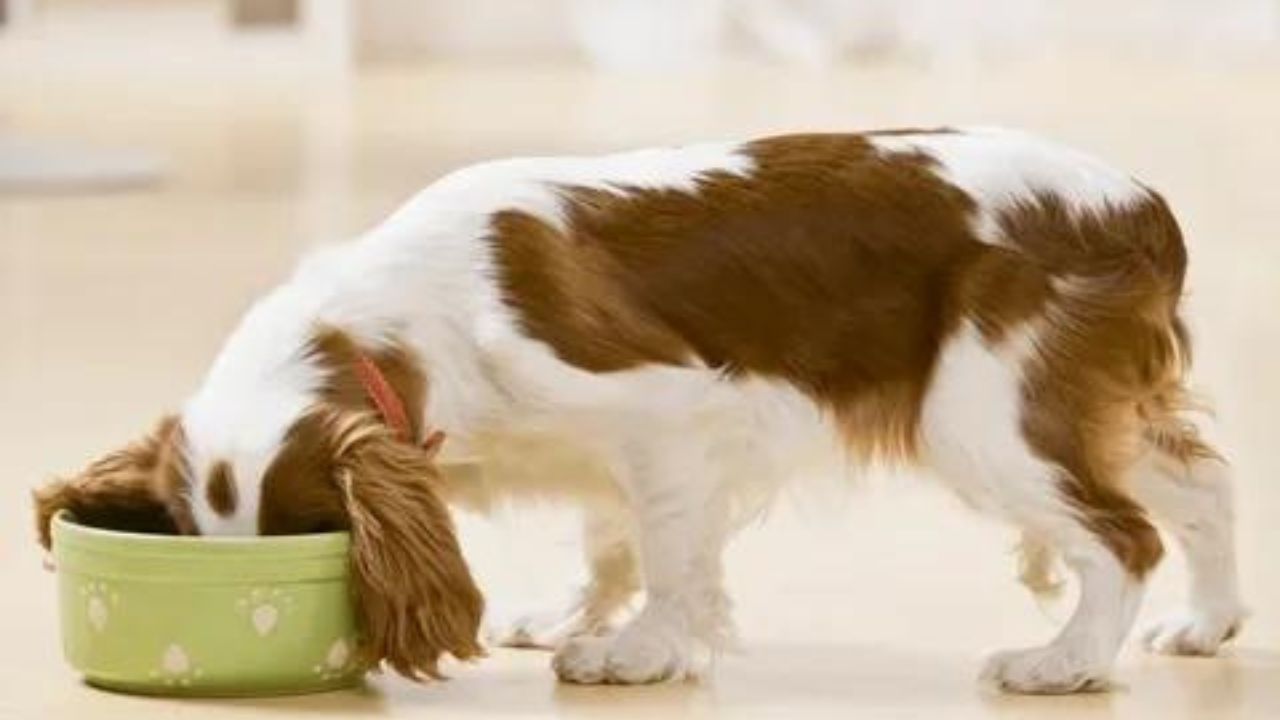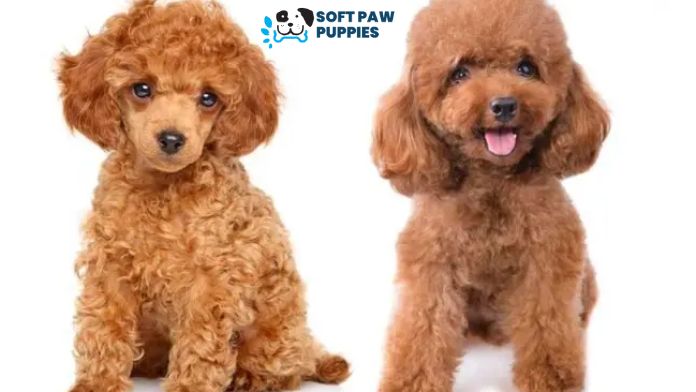
When it comes to small dog breeds, two terms that are often used interchangeably are “toy” and “teacup.” Many people assume they refer to the same type of dogs, but they have clear differences. This article explores the characteristics, care requirements, and considerations for toy and teacup dogs, helping you understand which might be best for your lifestyle and preferences.
What Are Toy Puppies
Toy Puppies are small dog breeds specifically bred to be companion animals. They are known for their small size, charming personalities, and charming appearances. These pups are perfect for people living in apartments with limited space.
Characteristics Of Toy Breeds
Toy breeds generally weigh between 4 to 7 pounds and stand about 8 to 12 inches tall. They often possess charming personalities, making them excellent pets for various living situations, including apartments and small homes.
Popular Toy Puppy Breeds
Some popular toy Puppy breeds include the Chihuahua, Yorkshire Terrier, Pomeranian, and Maltese. Each race comes with its own unique set of traits and characteristics.
Care For Toy Puppies
Toy Puppies require proper care and attention, just like any other Puppy. Although they are small, they are energetic and playful. Regular exercise, grooming, and dental care are essential to keep these adorable companions happy and healthy.
What Are Teacup Puppies
Teacup puppies are an even smaller category within the toy puppy group. They are bred to be much tinier than the standard size for their respective breeds. Due to their miniature size, they are often compared to the size of a teacup, hence the name.
Characteristics Of Teacup Breeds
Teacup breeds are the tiniest of the small dog breeds, weighing as little as 2 to 4 pounds and standing at 6 to 8 inches tall. Their small size makes them incredibly adorable, and they are often considered pocket-sized pets.
Popular Teacup Puppy Breeds
Some popular teacup breeds include the Teacup Chihuahua, Teacup Poodle, Maltese, and Teacup Pomeranian. These tiny pups often become popular due to their adorable appearance.
Care For Teacup Puppies
Since teacup puppies are so small, they require special attention and care. They are more prone to health issues and injuries and may have specific dietary needs. Regular vet check-ups and gentle handling are crucial for their well-being.
Teacup Vs Toy In Regards Of Size And Weight
The primary distinction between toy and teacup breeds is their size and weight.
Toy Breed Size And Weight
Typically, toy breeds weigh between 4 and 7 pounds and stand between 8 and 12 inches tall. While they are small, they are still larger than teacup breeds.
Teacup Breed Size And Weight
Teacup breeds, on the other hand, are significantly smaller, weighing as little as 2 to 4 pounds and standing at 6 to 8 inches tall. You can comfortably hold them in your palm, making them irresistible.
Health Considerations
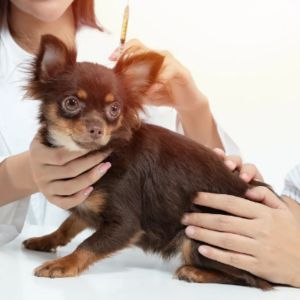
While toy and teacup breeds share similarities in their vulnerability to certain health issues, they are more prone to certain problems due to their small size.
Toy Breed Health
Toy breeds may experience health issues common to small dogs, such as dental, joint, and respiratory problems. However, their size generally allows for a more comfortable and healthier life than teacup breeds.
Teacup Breed Health
Teacup breeds are more susceptible to severe health problems like hypoglycemia, bone fractures, respiratory issues, and digestive problems. Their tiny frames require extra care and attention to ensure their well-being.
Lifespan Comparison
Typically, toy breeds have a longer lifespan compared to teacup breeds.
Toy breeds often live between 12 and 15 years, whereas teacup breeds may live 10 to 12 years. Proper care, nutrition, and regular vet check-ups can extend the life expectancy of both types.
Training And Socialization
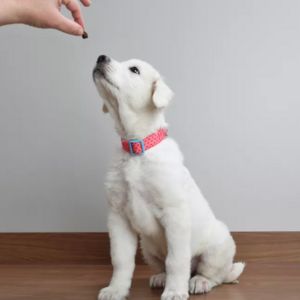
Training and socialization are crucial aspects of raising a well-behaved and well-adjusted dog.
Training Toy Breeds
Toy breeds are generally intelligent and eager to please, making training a rewarding experience. Consistent positive reinforcement and gentle training methods work best for these small companions.
Training Teacup Breeds
Teacup breeds can be more challenging to train due to their delicate nature. It’s essential to use patience and positive reinforcement while keeping training sessions short and engaging.
Exercise Needs
Both toy and teacup breeds have lower exercise requirements than larger dog breeds.
Toy breeds benefit from short daily walks and interactive playtime. Similarly, teacup breeds need light exercises, such as indoor play sessions and short walks, to stay healthy and happy.
Grooming Requirements
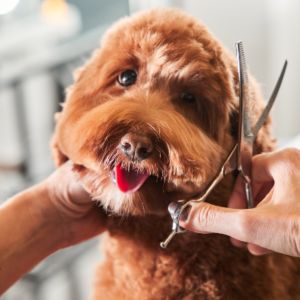
Grooming needs vary between toy and teacup breeds.
Grooming Toy Breeds
Toy breeds may require regular grooming, including brushing their coats, cleaning their eyes, and trimming their nails. Some toy breeds may have hypoallergenic coats that shed less.
Grooming Teacup Breeds
Teacup breeds often have long, luxurious coats that demand regular grooming to prevent matting and tangles. Additionally, their small size may require special care during grooming sessions.
Suitability For Families
Toys and teacup breeds can make excellent family pets, but some considerations must be remembered.
Due to their small size and fragility, toy breeds are generally better suited for families with older children or adults. On the other hand, teacup breeds are extremely delicate and may not be suitable for homes with young children or large pets.
Cost And Availability
Teacup breeds are often more expensive than toy breeds due to their rarity and high demand. The cost of these tiny companions can vary significantly, depending on their breed and pedigree.
Popularity And Trends
Toy breeds have consistently been popular as companion pets due to their manageable size and charming personalities. Recently, teacup breeds have gained popularity as people become enamored with their miniature features.
Myths And Misconceptions
There are several myths surrounding toy and teacup breeds, such as the belief that teacup breeds are a distinct breed category or that toy breeds are always yappy. It’s essential to research and understand the true nature of these delightful companions.
Conclusion
In conclusion, toy and teacup breeds offer unique and endearing qualities that make them cherished pets. Toy breeds are slightly larger and more robust, while teacup breeds are exceptionally tiny and delicate. When considering either option, it is crucial to weigh the health considerations, training needs, grooming requirements, and suitability for your family and lifestyle.
FAQ
Are Teacup Breeds More Susceptible to Health Issues?
Due to their extremely small size, teacup breeds may be more prone to certain health problems.
Can toy breeds live in small living spaces like apartments?
Yes, toy breeds are well-suited for smaller living spaces and can thrive in apartments.
Do teacup breeds require special grooming?
Yes, teacup breeds with long coats may require more frequent and meticulous grooming.
Are toy breeds good with children?
Toy breeds can be excellent companions for older children but may not be suitable for young children due to their fragility.
What is the average lifespan of a teacup breed?
Teacup breeds typically live between 10 to 12 years, depending on their overall health and care.

